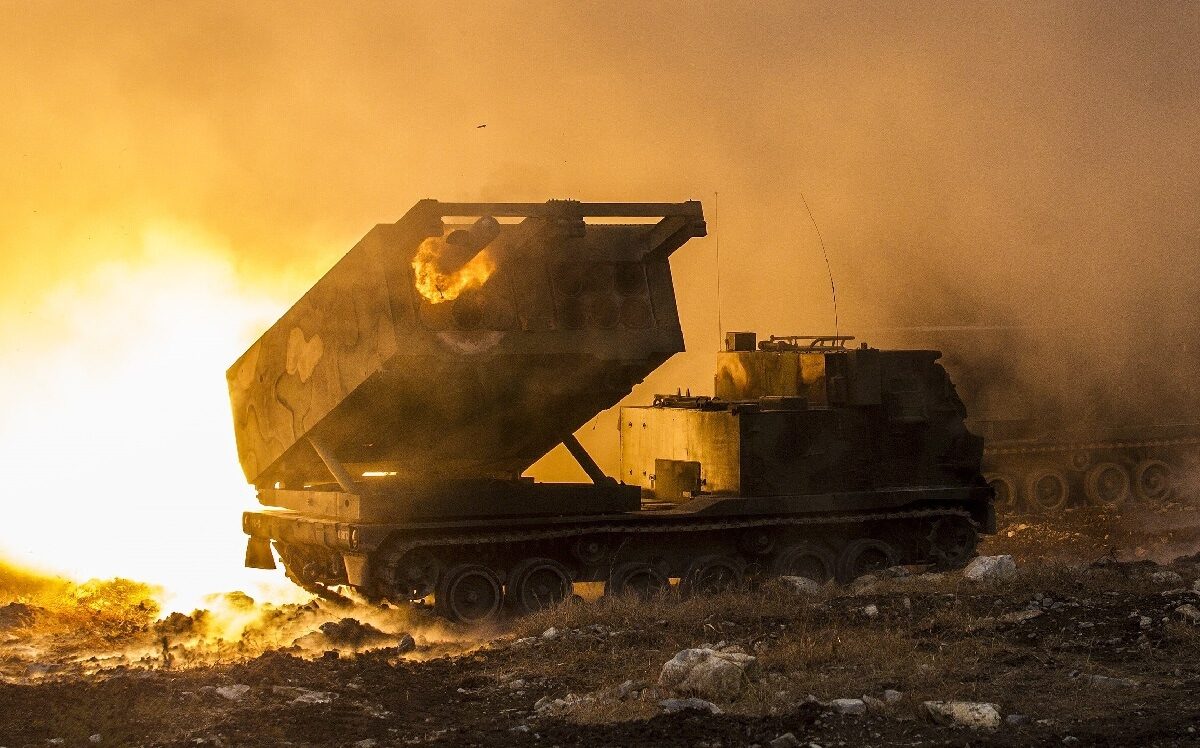Russian forces are inside Bakhmut, and there is heavy fighting for control of the town.
On day 381 of the war, the Ukrainian forces are under extreme pressure in Bakhmut.
The Struggle for Bakhmut
Since Wednesday, the Russian forces have advanced into the eastern part of Bakhmut and have taken control of several city blocks.
Ukrainian forces have fallen back into the western part of the town.
The Bakhmutka River that runs through the town’s center now marks the frontline.
Before withdrawing, the Ukrainians demolished the bridges that connected the two parts of the town.
The Russian forces will now have to cross no man’s land between the two banks to make any progress.
“With Ukrainian units able to fire from fortified buildings to the west, this area has become a killing zone, likely making it highly challenging for Wagner forces attempting to continue their frontal assault westwards,” the British Military Intelligence assessed in its latest estimate of the war.
“However, the Ukrainian force and their supply lines to the west remain vulnerable to the continued Russian attempts to outflank the defenders from the north and south,” the British Military Intelligence added.
It seems Russia will pay a high price for the city if it takes it with many considering a pyrrhic victory.
The Russian Casualties
The Russian forces continue to suffer heavy casualties. Over the past 24 hours, the Russian forces lost more than 1,000 troops killed and wounded.
Overall, the Ukrainian Ministry of Defense claimed that as of Saturday, Ukrainian forces have killed approximately 158,000 Russian troops (and wounded approximately twice to thrice that number)
Destroyed equipment includes: 304 fighter, attack, bomber, and transport jets, 289 attack and transport helicopters, 3,458 tanks, 2,483 artillery pieces, 6,762 armored personnel carriers and infantry fighting vehicles, 493 Multiple Launch Rocket Systems (MLRS), 18 boats and cutters, 5,344 vehicles and fuel tanks, 257 anti-aircraft batteries, 2,108 tactical unmanned aerial systems, 242 special equipment platforms, such as bridging vehicles, and four mobile Iskander ballistic missile systems, and 907 cruise missiles shot down by the Ukrainian air defenses.
Air Defense Weapons for Ukraine
But Ukraine is getting more than just main battle tanks.
This week, the German military announced the transfer of an additional two Gepard air defense systems.
Fitted with two 35mm Oerlikon GDF autocannons, the Gepard air defense system is ideal for countering the suicide drone swarms that the Russian military has been throwing against Ukrainian critical infrastructure and urban centers.
Indeed, with a range of about two miles, Ukrainian Gepards have proven very effective against the Iranian-made Shahed 136 loitering munitions used by the Russian forces. The air defense system can detect them almost 10 miles out and can take them down with only six rounds. In one instance, a Gepard crew stationed in Odesa took out 10 Shahed 136 suicide drones in just a few minutes. The Gepard allows the Ukrainian military to save its more high-tech air defense weapon systems for the Russian ballistic and cruise missiles.
The German military also sent bridging special equipment to Ukraine, something that suggests an upcoming counteroffensive or feign in the eastern bank of the Dnipro River in Kherson province in the south.
MORE: F-35 – The Best Fighter Jet Ever?
MORE: SR-72 – A Mach 6 Bomber?
MORE: Su-57 – Is Russia’s Stealth Fighter Doomed?
Expert Biography: A 19FortyFive Defense and National Security Columnist, Stavros Atlamazoglou is a seasoned defense journalist specializing in special operations, a Hellenic Army veteran (national service with the 575th Marine Battalion and Army HQ), and a Johns Hopkins University graduate. His work has been featured in Business Insider, Sandboxx, and SOFREP.

